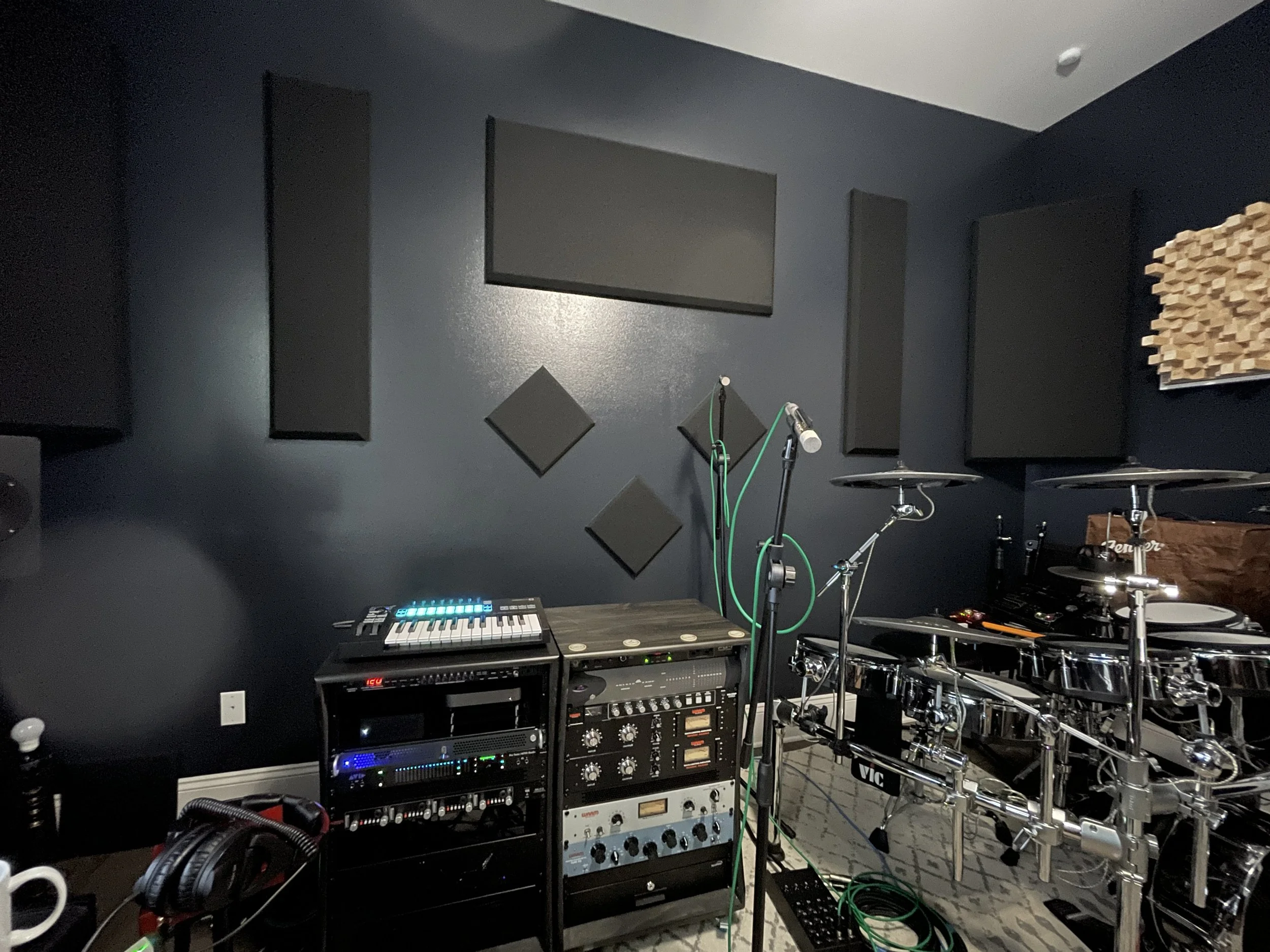Project & Portfolio IV
Portfolio Project IV
Duplicating the Mix
First and foremost, as far as difficulty, this process was severely underestimated. Trying to match or imitate the original mix engineer’s balance, timbre, and blend for this song was extremely challenging. Particularly from the standpoint of capturing the subtle nuances sonically. From the jump, there were several obvious challenges to overcome. For instance, what analog hardware or specific plugins were available and used? What type of console was used? Was it a Rupert Nieve, SSL, or Trident? Was it old or was it newer? Each of which provides its own unique character and coloration sonically. Finally, was it sent to tape, or did it stay in the digital world? My job, utilizing critical listening skills and the tools available, was to analyze and mimic these characteristics. That being said, while this project was fraught with a plethora of challenges, as well as, “don’t do that again” moments. It was an opportunity for personal and professional growth and, in the interest of honesty, an absolute blast to work on.
One of the most difficult parts of attempting to duplicate this piece. Was by far, and this is coming from the perspective of a drummer obsessed with creating the perfect drum sound, the snare drum. Of course, in the interest of full disclosure, it would be borderline dishonest for me to insinuate that no partiality or bias towards this particular instrument exists. However, despite the fact of knowing that I didn’t get it exactly right. I do feel, however, that I did get close to capturing the essence and energy of the original. I enjoyed using the delay on the vocal. My trick for matching the ping pong wasn’t so much the delay but more the volume automation. However, getting the timing down for both proved to be tricky.
Variation 1 - Changing the Groove
Creating this variation was particularly fun for me and it has nothing to do with the fact that I am a drummer. Ok, maybe it does but, can you really blame me? The original version had a great deal of space in the first verse. While this allowed the song to breathe and develop. I personally felt that it was lacking just a little bit of energy and drive. I approached this from a “less is more” perspective in order to retain room for growth dynamically. I implemented a rhythmic 16th note, normal time, snare drum part for the verse. Gradually adding elements as other instrumentation comes in like bass guitar. This allowed the verse to come down out of the intro but, without losing too much energy. For the chorus. I went with a double-time feel, with the snare drum, to take the chorus section to the next level.
Variation 2 - Sound Design (SFX)
The sound that I used for the bridge. Is a series of stomp samples, from my Roland TD-30KV drum set, that I modified. I then assigned each modified sample to its own individual drum trigger. This technique was used such that each sample had its own unique character . When recorded, a flam technique was used to offset one sample from another ever so slightly. This is to create a sense of authenticity. As if it were a crowd of people in some bleachers at a basketball game stomping their feet to Queen’s We Will Rock You.
Variation 3 - Opening the Mic Locker
For this variation, I wanted to add something meaningful that would also compliment the other instruments within the mix. Particularly the acoustic guitar. So, I decided to add a homemade shaker that I have been experimenting with. I used a stereo pair of Aston Starlight small condenser microphones for the recording. Each uses a dedicated mono audio track. I positioned the mics tandemly in the space such that one would be used as a far or room mic for blending. While the other would be used as a close mic for capturing detail and percussiveness. Each track was then sent, via a PF send, to an Aux track for a reverb that was adjusted to help the shaker nestle into the mix.









